Nikon Coolpix P4 Review
Nikon Coolpix P4
Looking for a feature packed, high quality compact camera? Check out the Nikon P4.

Verdict
Key Specifications
- Review Price: £285.99
Two weeks ago I gave the ultra-slim Nikon Coolpix S5 a bit of a kicking, which is not something I’m accustomed to doing to Nikon cameras, so it’s with some relief that I turn now to another recent Nikon launch, the Coolpix P4, an altogether more serious camera. It is from the same range as the excellent Coolpix P1 that I reviewed here back in January, and shares the same high-quality 1/1.8” 8-megapixel CCD and 3.5x optical zoom lens. It lacks the P1’s Wireless connectivity, but instead adds Nikon’s VR optical vibration reduction, derived from the image stabilisation system from its SLR lenses. The other thing it has in common with the P1 is its relatively high price. The high street price is a hefty £329.99, although it is available for around £260 from a number of online retailers. The Coolpix P3, launched at the same time and is essentially the same camera but including the WiFi link, and costing around £20 more.

However you do get a lot of camera for your money. Nikon’s build quality is always of a very high standard, but the P4 is built like the proverbial brick outhouse. Seriously, you could knock nails in with this thing (Please don’t actually try this). It’s a nice looking camera too, with an attractive anodized finish on its all-metal body with chrome and brushed-steel details. It’s not exactly tiny though, and with its rounded, rather bulbous shape it looks kind of like a smaller camera that has been somehow inflated. At 31mm thick it’s still slim enough to slip into a pocket, although weighing in at over 200g including the battery it will probably pull your shirt a bit out of shape.

The standard selection of external controls are nicely laid out and accessible, although the power button is a bit small and fiddly. It is slightly recessed, so you have to push it in with the edge of your fingernail. Which is a little awkward, but at least it’s unlikely to get switched on by accident. The LCD monitor is also very good. It has a diagonal size of 2.5in with 150,000 pixels, and has a good non-reflective surface so it is usable in bright sunlight. Monitor response is a bit laggy, which might make capturing moving subjects tricky, but on the whole the screen is clear and bright.
The only real problem that I found with the design of the camera is the hatch over the battery and card slots. It has no latch, and comes open very easily. Several times while I was out testing the camera I found that the hatch had come open in my pocket. The card and battery have separate latches so they won’t fall out, but the hatch lid is only made of fairly thin plastic, so it could easily be damaged or even snapped off in some circumstances. The battery itself is a 1,100mAh lithium-ion rechargeable for which Nikon claims a 200 shot capacity.

Main mode selection is controlled by a large dial in the middle of the top panel, with additional options such as EV compensation, flash mode, macro mode and self timer accessed via the D-pad. Shooting modes on offer include an all-auto mode in which the menu is inaccessible, as well as a good selection of scene modes, including a portrait mode featuring Nikon’s outstanding face-recognition AF system. Most of the scene modes have secondary options and effects, such as different colour balance settings or soft-focus modes. There is a help mode that tells you what each effect does. More useful is the program mode, which allows full access to the menu system, and unusually for a pocket compact an aperture priority mode, which allows the more experienced user to exercise some creative control over depth of field.

The technological highlight of the P4 is of course its optical image stabilisation. It’s one of the smallest cameras on the market to have such a system, and to be honest I’m not entirely convinced that a camera with only a 3.5x optical zoom really needs it, but there’s no denying that it works very well. Like most such systems it allows steady hand-held shots to be taken at shutter speeds around three stops slower than would otherwise be possible. The system has two modes, normal and active. In the former it detects panning movements both vertically and horizontally, and damps out vibrations that are at right angles to the camera movement, which should help when trying to capture moving subjects, if only the monitor was a little quicker. In active mode the VR system damps out all vibrations regardless of direction, which is useful for situations like taking pictures from a moving vehicle.
In terms of performance, the P4 is a bit of a mixed bag. It starts up in a little over three seconds, which is fairly slow by current standards. Focusing is nice and quick in most lighting conditions, and thanks to a good AF illuminator it can focus in darkness at a range of around three metres. Shooting speed is quite good, with a continuous setting capable of 1.8 frames per second, although only for four frames in the highest resolution. Also available are a 16-frame multi-shot setting, a 5-frame buffer mode and an ultra-high speed setting that shoots up to 100 640 x 480 frames in just over three seconds, presumably for making animations or movie clips.

Talking of movies, the P4 has the now obligatory 640 x 480 30fps setting, but also has an interesting time-lapse movie mode, in which it shoots frames at pre-determined intervals and then automatically stitches them together in to a 30fps movie, so you can shoot slow-moving things like flowers opening or the tide coming in. Another clever feature is found in playback mode, in the shape of Nikon’s D-Lighting system. This can improve poorly lit shots by brightening up shadows, although in severe cases this can lead to some problems with image noise.
After the poor results I got from the Coolpix S5, I am happy to report that the P4 produces much better images. In fact I would say that it has among the best image quality I’ve seen from a pocket compact camera. Colour reproduction, exposure and focusing are all extremely accurate, and the F2.7-5.3 lens produces excellent edge sharpness, high contrast and plenty of detail. There is significant barrel distortion at the widest setting, but not as bad as the lens on the S5.

Image noise is well controlled too, although long exposures at 200 and 400 ISO do produce some colour distortion. All in all the results were very good, far superior to most snapshot cameras, and rivaling many larger high-end cameras.
”’Verdict”’
In the Coolpix P4 Nikon has produced an excellent all-rounder, a pocket compact camera with a wider than average zoom range, a useful selection of features and options, and superb image quality. It is rather expensive compared to its immediate competition, but the extra money buys the quality and reliability that go with the Nikon brand. If you are looking for something a little more than the average snapshot camera it is well worth a look.
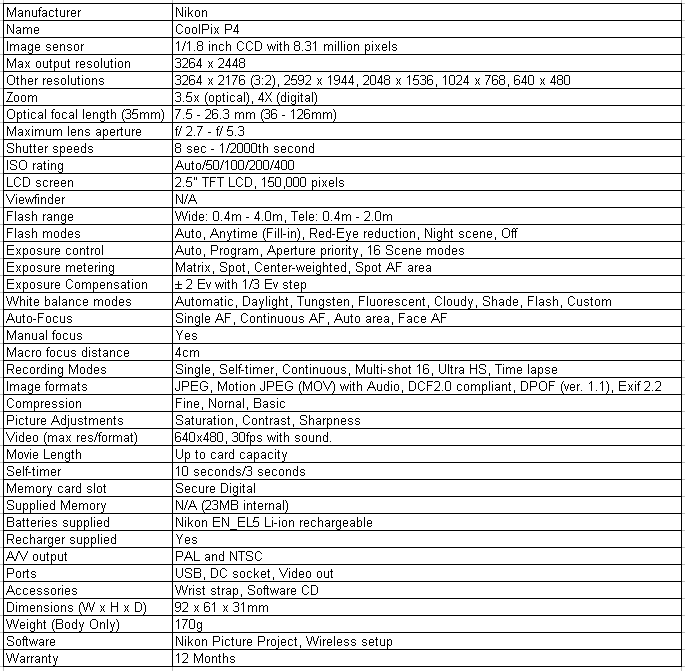
A range of test shots are shown over the next few pages. Here, the full size image has been reduced for bandwidth purposes, and a crop taken from the original full resolution image has been placed below it in order for you to gain an appreciation of the overall quality. The following pages consist of resized images so that you can evaluate the overall exposure. For those with a dial-up connection, please be patient while the pages download.
—-
”’Note:”’ These ISO test shots were taken indoors using ordinary domestic tungsten light from two 60 watt reading lamp bulbs. White balance was set manually by taking a reading off a piece of white paper. And if anyone knows where my wing mirrors are, I’d like them back please.


0.6 sec, F4.3, ISO 50
At the lowest ISO setting, the image is nice and smooth, with excellent detail, no noise or colour distortion.
—-
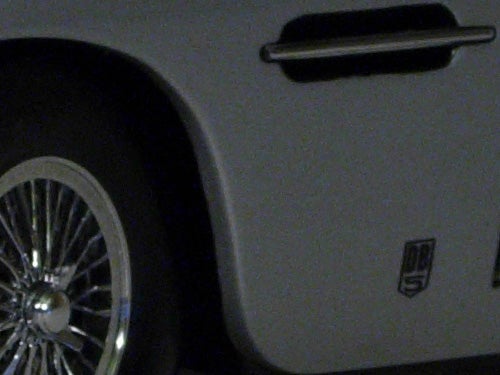
¼ sec, F4.3, ISO 100
At 100 ISO the image is still sharp and noise free, although there is a slight blotchiness to the colour in the mid-tone range.
—-

1/8 sec, F4.3, ISO 200
At 200 ISO there is some image noise beginning to appear, especially in the darker areas of the frame. Colour speckling is also increased.
—-

1/15 sec, F4.3, ISO 400
At the maximum ISO setting the image is quite noisy, but the noise is evenly distributed and would still look ok on a standard 6×4 print.
—-
This page consists of resized images so that you can evaluate the overall exposure.

The 256-segment exposure meter does a good job of picking up shadow detail, while the focusing and colour rendition are superb.
—-
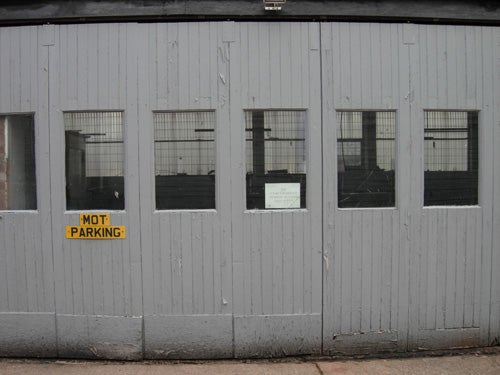
The 7.5-26.3mm lens does produce significant barrel distortion at wide angle, although this disappears quickly at even slightly longer focal lengths.
—-
This page consists of resized images so that you can evaluate the overall exposure.

Colour rendition is superbly natural, neither too bright nor too muted. This was taken on a slightly cloudy day, but the colours are still rich and vivid.
—-

The zoom control is very responsive, allowing quick and accurate in-camera framing and composition.
—-
This page consists of resized images so that you can evaluate the overall exposure.
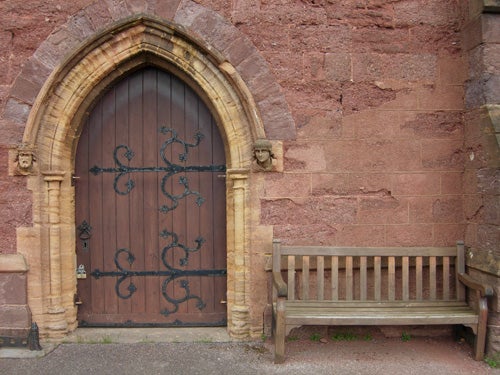
The P4’s lens has a wide setting equivalent to 36mm, which is pretty good for a camera in this class, although again in this shot you can see barrel distortion bending parallel lines.
—-
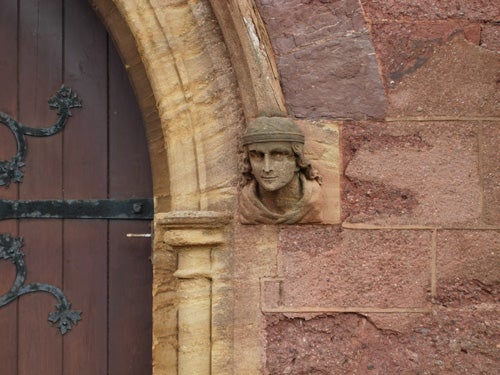
Taken from the same position as the previous shot, this shows the effect of the telephoto end of the zoom range, equivalent to 126mm.
—-
This page consists of resized images so that you can evaluate the overall exposure.

By using the aperture priority setting it is possible to control depth of field, helping to highlight your subject against a blurred background.
—-
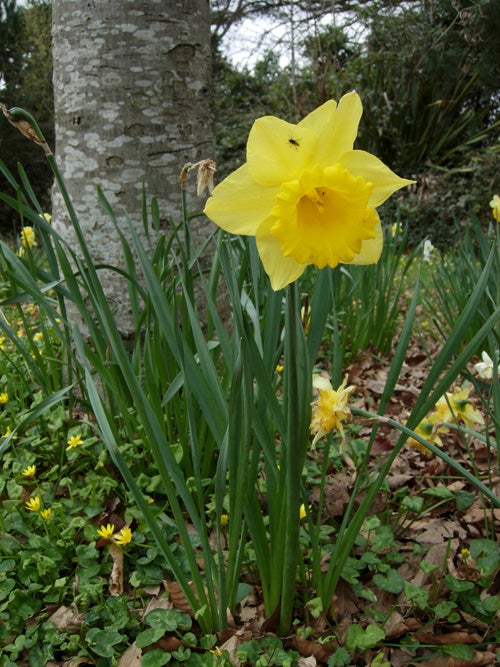
The excellent 11-area AF system correctly focused on the head of this daffodil, even though it was not in the centre of the frame.
—-
Trusted Score
Score in detail
-
Value 7
-
Image Quality 9
Features
| Camera type | Digital Compact |
| Megapixels (Megapixel) | 8 Megapixel |
| Optical Zoom (Times) | 3.5x |

